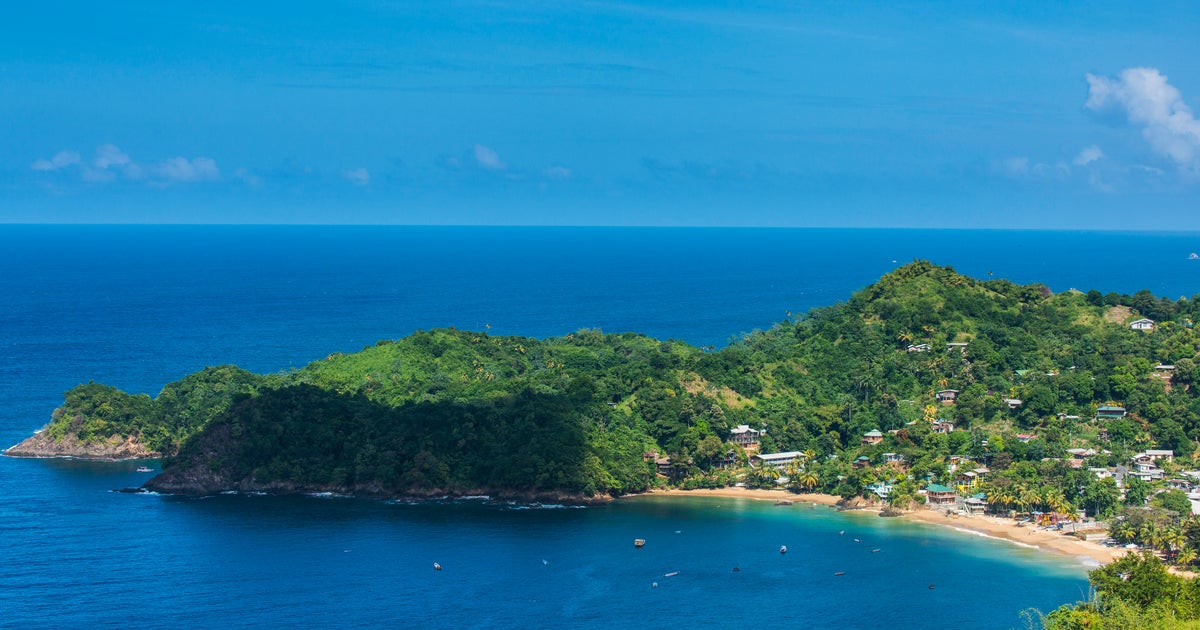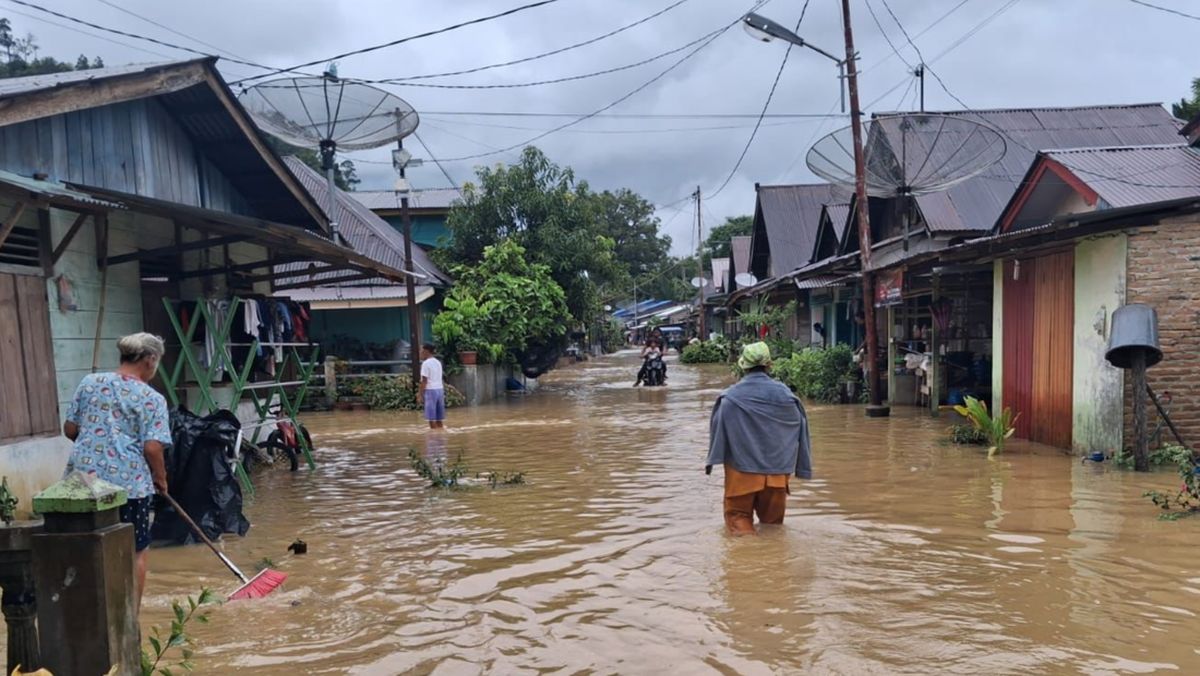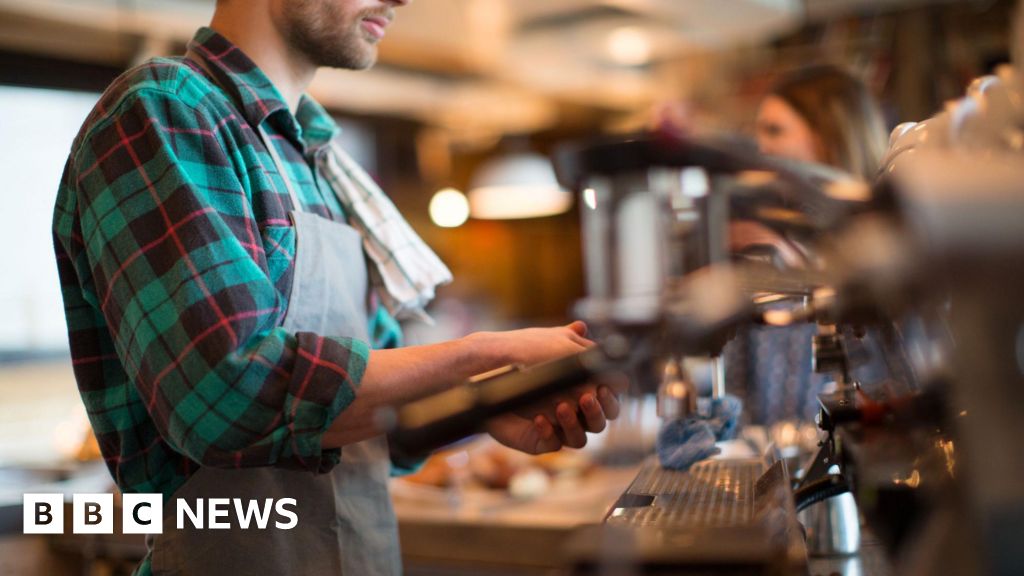November 28, 2025 — 5:00am
The first ramen restaurant in the world to be awarded a Michelin star no longer has one, but it matters not. I can smell the porky, umami, springy onion goodness even before I enter, and my taste buds are already giving it the thumbs up.
It is 11am, Tokyo’s Japanese Soba Noodles Tsuta has no queue either, just a machine outside the door where guests order before entering. The signature truffle ramen is sold out already, but an enthusiastic Japanese guy pointing over my shoulder seems to be strongly recommending “salt soba ramen”. Done.
I head downstairs into a nondescript white room to a chorus of irasshaimase, the traditional Japanese welcome. At a bench along the counter, I have a front-row view of the stainless-steel kitchen where busy chefs wielding shiny knives are engulfed in steam bubbling from boiling stock pots.
Next to my chopsticks and hand towel sachet sits a little pamphlet – a wise word guide to “savouring the flavour and essence of the culinary art of ramen”. As instructed, when my shio or salt soba ramen arrives, I blend the sauce and shredded onion evenly through the soupy deliciousness before slurping it all in. Star or no star, it’s a taste sensation.
This is just one of the many “finds” in Tokyo’s Tomigaya neighbourhood, a low-rise mostly residential area huddled around the main street of Tomigaya and extending into neighbouring Kamiyamacho, with Yoyogi-Hachiman station in between. It might be walking distance from high-rise, high-octane Shibuya, but this is a boho hub where entrepreneurial spirit thrives.
I have all morning for an easygoing neighbourhood meander. From the ramen joint, I zig-zag under red-and-pink-striped lanterns down Chobe Street to stop at shops such as Los Papelotes, a print store turned second-hand bookshop with boxes of books on the pavement and shelves jammed with manga comics, cool Japanese mags and translated classics.
Further along, I come across Yellow Fish, a tiny lifestyle store in the lobby of an apartment block. It sells an enchanting curation of cast-iron pots, artful pottery pieces, leather slippers and hand-carved chopped sticks.
In the backstreets, little vignettes of daily life (pigeons, gossiping older generations, washing lines) sit alongside urban cool pop-ups. One nameless vintage clothes shop is all grandma-core with racks of chunky hand-knitted jumpers, mirrors dripping with beads and wooden dressing tables adorned with leather bags and handmade belts.
I walk from Kamiyamacho to Tomigaya proper via the Yoyogi Hachiman station underpass, an urban space where concrete walls have been turned into enchanting paintings, and noisy boom gates hold pedestrians back from speedy, clacking suburban trains.
On the other side, occasional black taxis and bicycles whizz by, and vans stop to wrench open their tail-end doors for deliveries, but mostly it’s walking terrain with room aplenty to linger outside shop windows.
Shokuhin sampuru, the Japanese tradition of replicating restaurant dishes in plastic, wax or resin, tempts passersby with coloured sashimi platters, lifelike bowls of noodles and frothy glasses of beer. More enticing still are the distinctly local culinary aromas – the whiff of bonito from an okonomiyaki shop, the waft of garlicky, grilled mushrooms and deliciously fatty beef emanating from a yakitori bar.
Having had a belly full of ramen, I’m more about dessert. At Cacao Store and Pudding Cafe, 448 mini glass pudding jars are lined up behind a deli counter, with little signs touting custard, matcha and pumpkin varieties. Along another wall, visitors can sample shards of chocolate including a moorish sourdough and salt flavour – a first for me.
Around the corner, Nata de Cristiano, a dinky little shop with “room for one group only”, has punters queuing for its Portuguese custard tarts. They’re smaller than those from the mother country – snack-sized and handed over like mixed lollies in a paper bag. I make teeth marks in the sweet, eggy custard centre, perfectly paired with the biscuity, buttery pastry. No Michelin star here either, and no matter.
THE DETAILS
Tour
Japanese Soba Noodles Tsuta opens from 11am-3pm and 5.30pm-10pm Monday to Saturday. See tsuta79.tokyo
For a quick Tomigaya neighbourhood orientation, add the walking route from Los Papelotes to Nata de Christiano to your map app as a base for exploring the surrounding streets.
Stay
Trunk (Hotel) Yoyogi Park has 25 rooms and suites from ¥85,350 ($844) a night. See yoyogipark.trunk-hotel.com
Fly
ANA (All Nippon Airways – ana.co.jp) flies direct from Sydney to Tokyo Haneda; Qantas (qantas.com.au) flies direct from Melbourne to Tokyo Narita.
The writer was a guest of Trunk (Hotel) Yoyogi Park and JNTO (jnto.go.jp).
Sign up for the Traveller Deals newsletter
Get exclusive travel deals delivered straight to your inbox. Sign up now.



















































